
Topics & Speakers
At European Publishing, the best media makers in Europe present their strategies and talk about the future of the industry. These are the speakers in 2025.
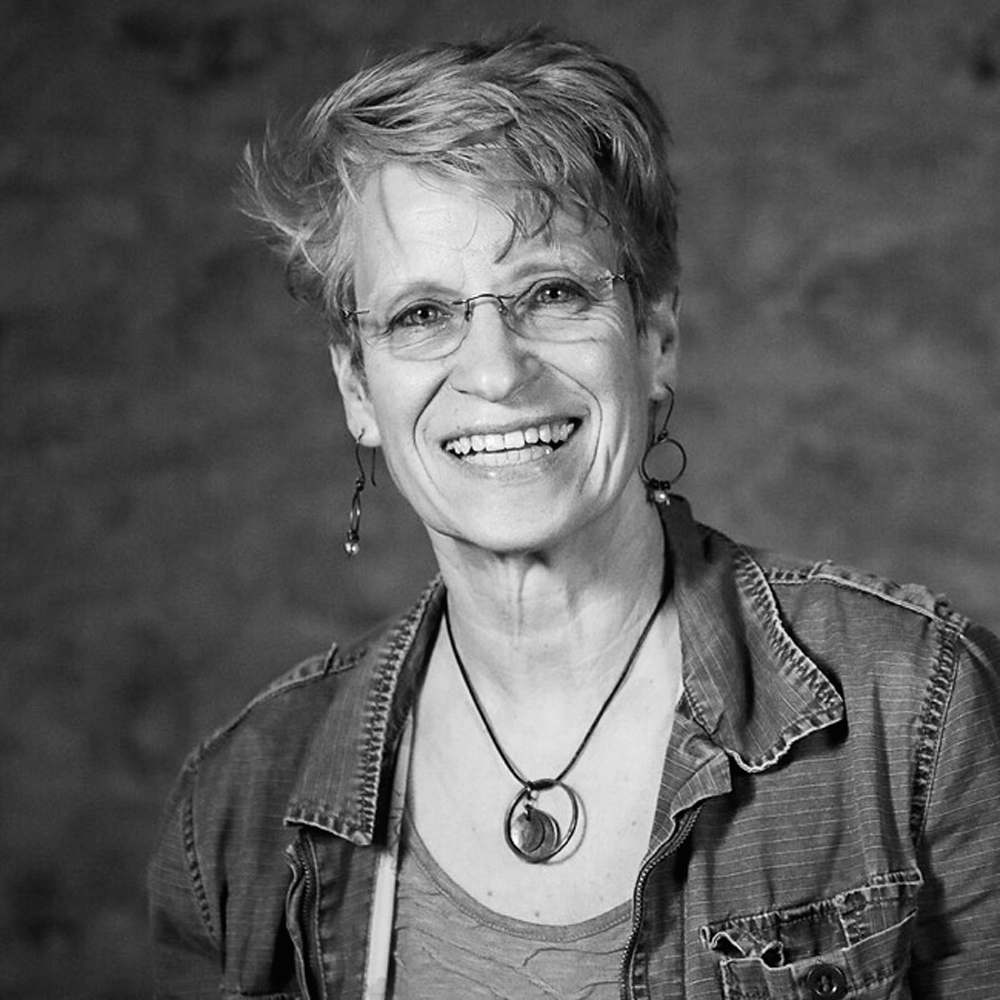
AI usage in the USA
How AI is fuelling local journalism in the USA
LLMs, Gen AI and AI tools are no longer just the preserve of large media companies in the USA. On the contrary: AI is increasingly helping small and very small editorial teams and publishers to launch projects that would be far too expensive and labour-intensive without AI - e.g. setting up another newsletter or providing comprehensive coverage of local sporting events. AI also helps small media companies in particular to make their processes more efficient in the backend - e.g. in the automated evaluation and answering of emails or in the AI-supported maintenance of the calendar of events and topics.
This session by Ulrike Langer will focus on interesting local cases from the USA, best practices to emulate and relevant AI tools for local news providers.
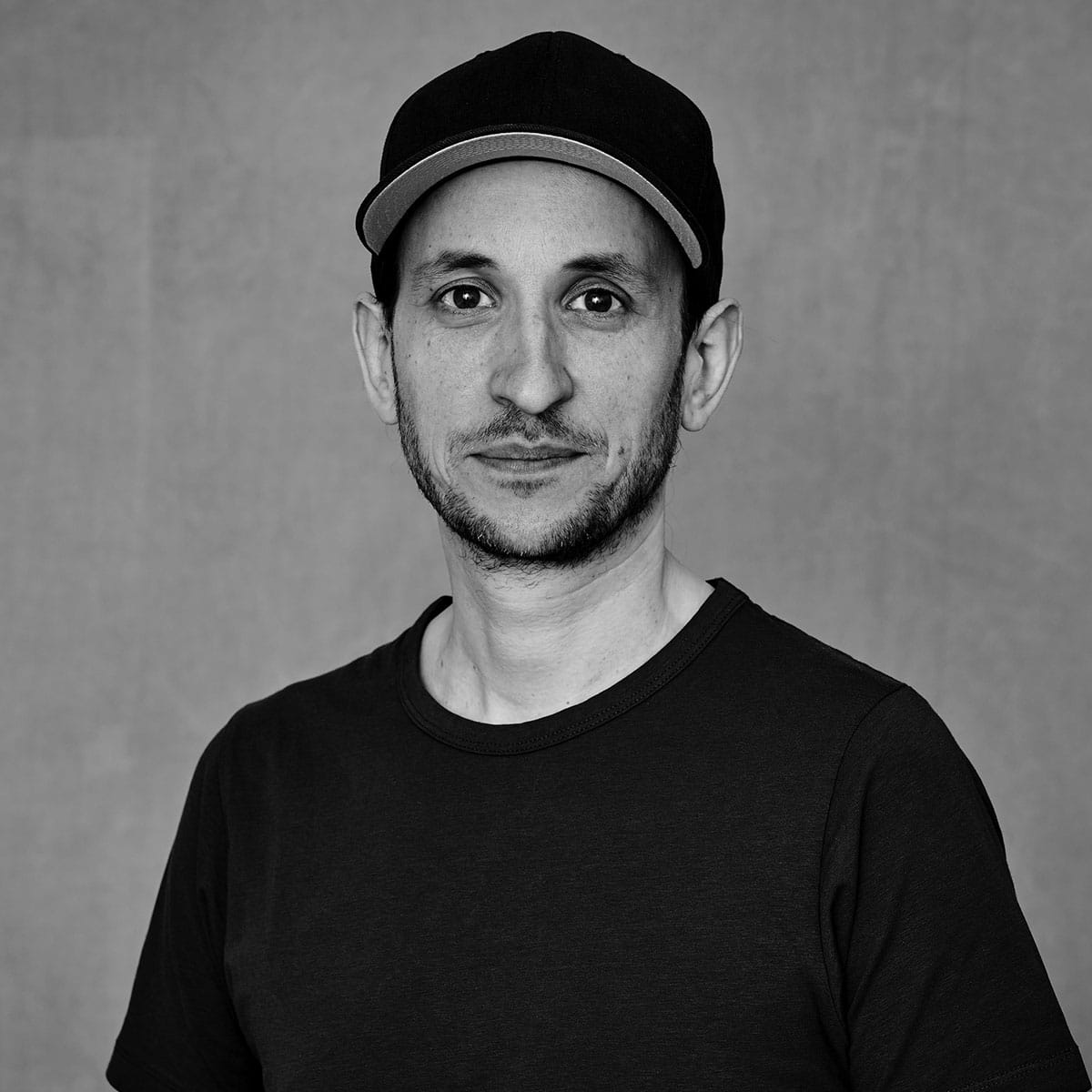
Case from Germany
From text to audio in real time with AI
How can we efficiently transform our content from text to audio and reach people who prefer listening to reading? Chris Guse shows what is already possible and how close we are to ‘AI agents’ that will ultimately make their own decisions. Chris Guse is the founder and managing director of BosePark Productions GmbH in Berlin. With over 250 podcast productions since 2017, BosePark is one of the largest podcast production companies in Germany. The company is currently developing the AI-supported and automated production of audio content for platforms such as Spotify and Apple Podcast.
At the European Publishing Congress 2025, BosePark Productions will also be demonstrating how audio to audio can be translated live into different languages. The ongoing sessions will be permanently summarised in text form and made available immediately afterwards as finished podcast episodes.
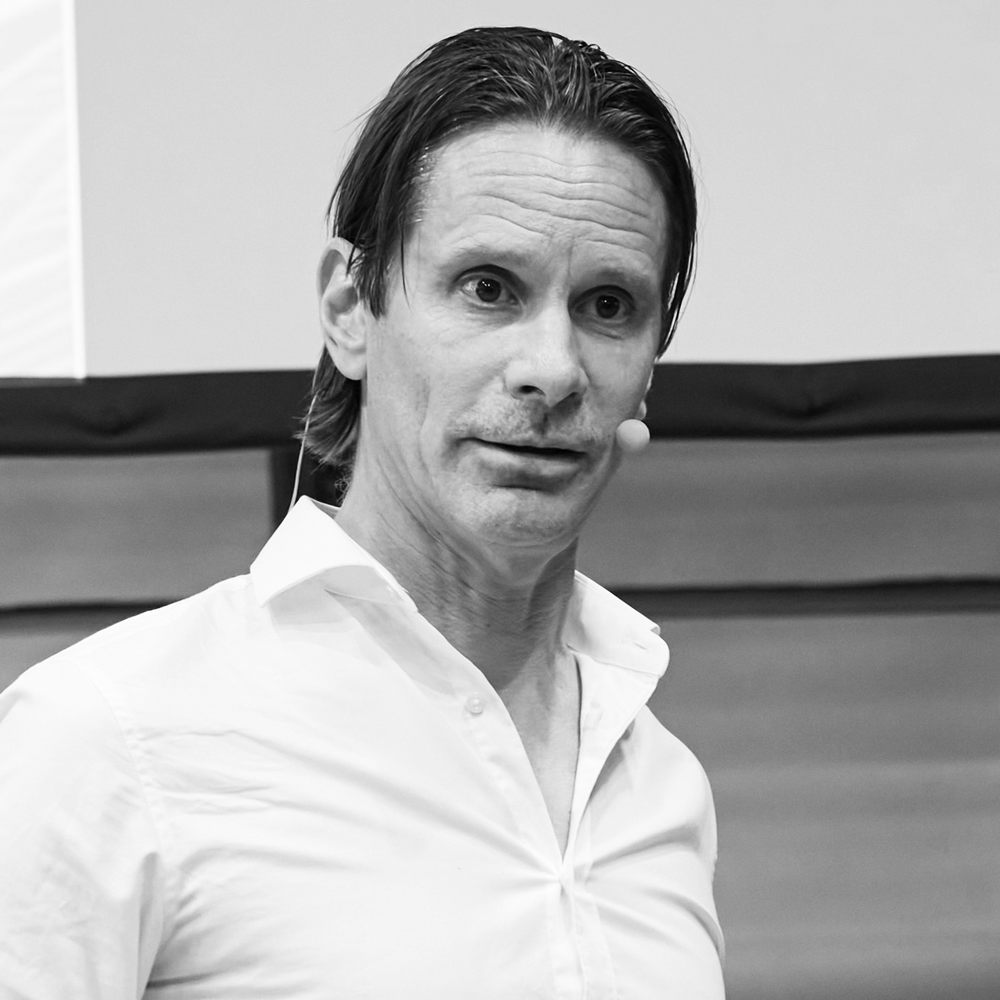
Innovation in the Netherlands
The bundle of the future - How a new media offering is designed to appeal to younger people
The Dutch publishing house Mediahuis has created an interesting product. ‘The bundle of the future’ is what GerBen van ’t Hek, Strategy Director Journalism at Mediahuis, calls it. It is a middle ground between a news website and a traditional e-paper. Suitable for younger generations with a UX design like Instagram, but at the same time a product with a beginning and an end. It can be a daily package or several (longtail) topic packages. Searchable, shareable and with all content formats (text, audio, video). GerBen van ‘t Hek reports on the first experiences with the new service.
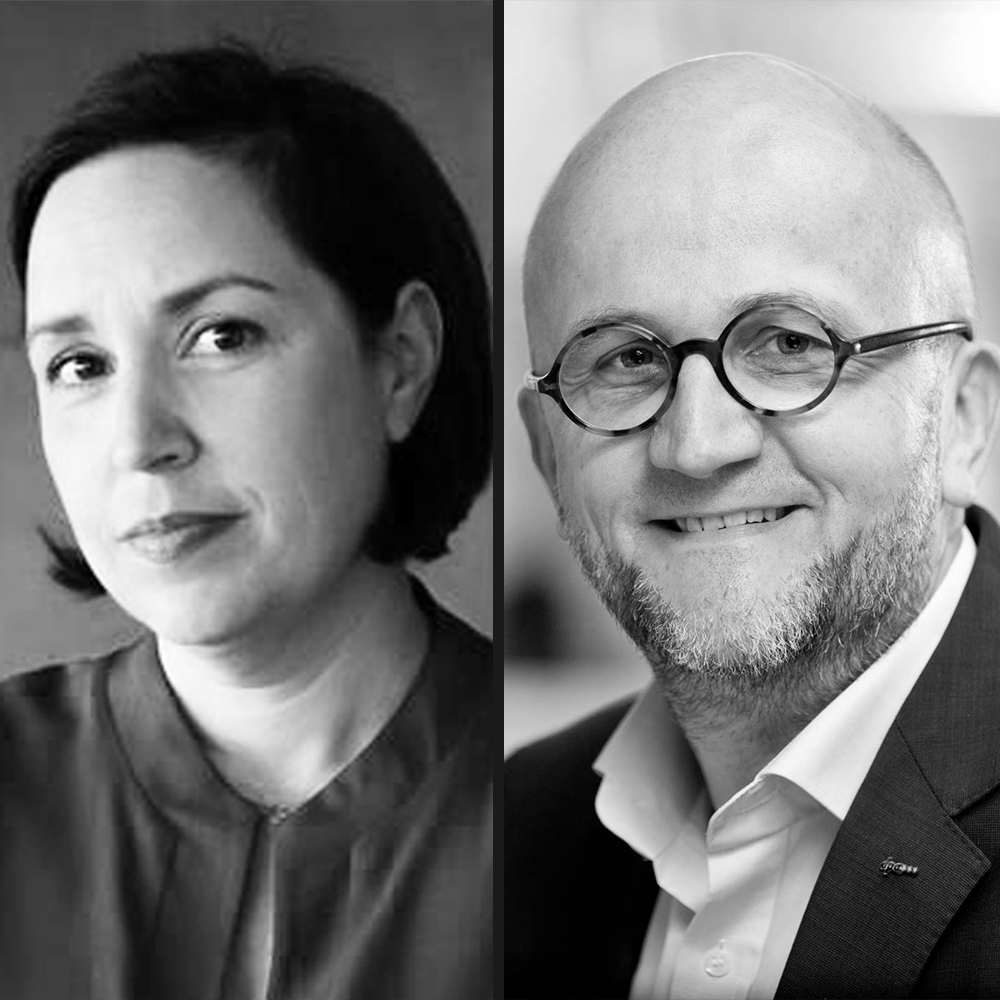
Local strategies in Germany
The day after - local newspapers without print
They collect data, data and more data. In a quantity and depth that media companies have never done before. More than 30 media companies from Germany, Austria and Switzerland have joined forces in the DRIVE project. They compare their results, derive findings from them, which they then implement and test again. The aim is to secure the future of regional media. A future in which paper will no longer play a role in local media. Cordula Schmitz, Deputy Editor-in-Chief of the Hamburger Abendblatt, and Meinolf Ellers, Digital Manager at Deutsche Presse-Agentur (dpa), explain the exciting findings of the work so far.
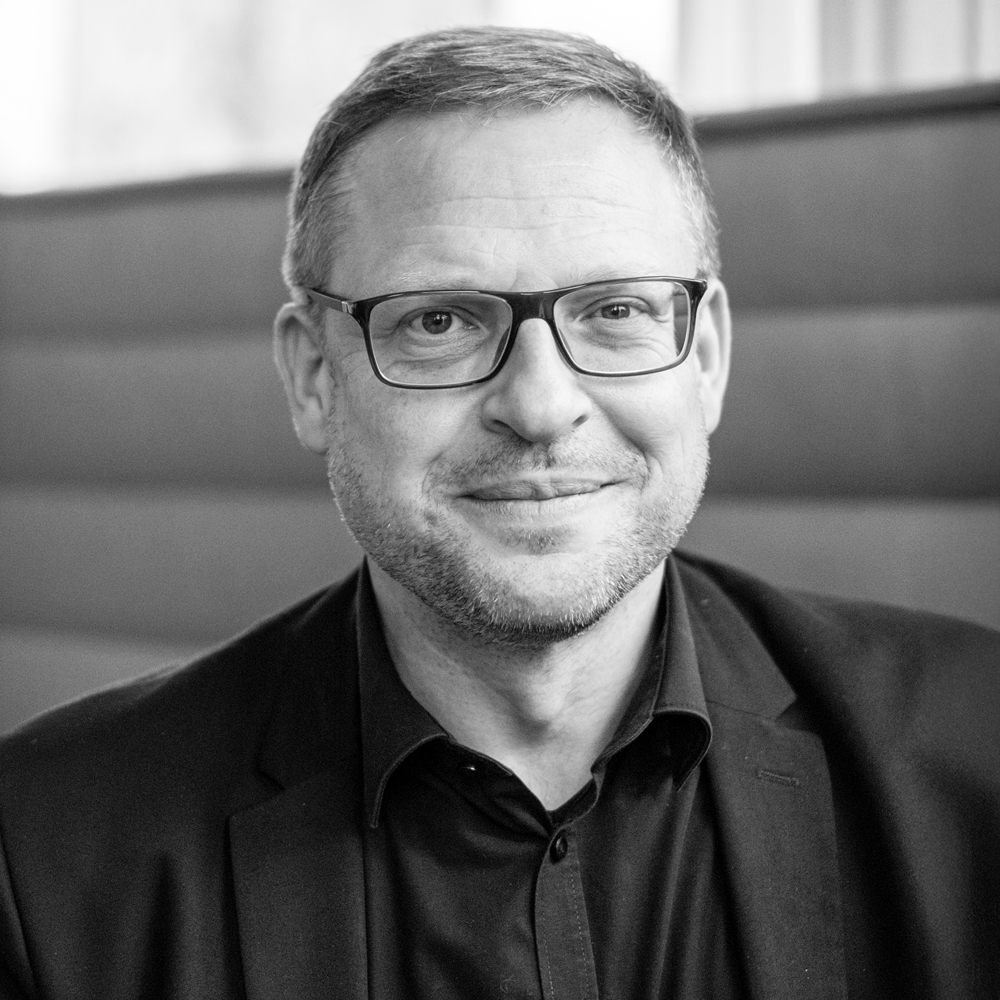
Paid content strategy in Germany
Is the Plus strategy for regional newspapers a mistake?
With 9,000 Plus subscriptions, Schwäbischer Verlag was one of the digital pioneers in Germany. However, it is proving very difficult to increase this figure further. ‘You have to invest a lot of money and get very little in return. The economic goals of a Plus strategy are a long way off, they may even be unattainable,’ summarises Lutz Schumacher. At the same time, Schumacher anticipates an accelerated decline of print. He therefore decided in favour of a change in strategy last year. The paywall on the publishing websites has since been abolished. But not paid content. The focus here is on the e-paper. What experiences has Schwäbischer Verlag had with this? What has proved to be forward-looking? What was a dead end?

Newsletter strategies in the USA
The new morning newspaper - How US publishers are successfully monetising newsletters
In the USA, journalistic newsletters are no longer just a channel for attracting users to your own website. They are increasingly becoming a business model in their own right with direct advertising and subscription revenues. According to a recent US study, a third of all readers of journalistic newsletters no longer use traditional media services. But they do read newsletters! Ryan Heafy, CEO of the successful local newsletter 6am City, predicts a massive shift of advertising money towards newsletters once publishers create the necessary inventory. Newsletter giants such as 6am City, Semafor or Axios, but also numerous small local media are increasingly focussing their growth strategies on newsletters, using a variety of tools and measures such as Facebook ads, building newsletter communities and advertising packages for newsletter advertisers. Ulrike Langer provides an in-depth insight into this.
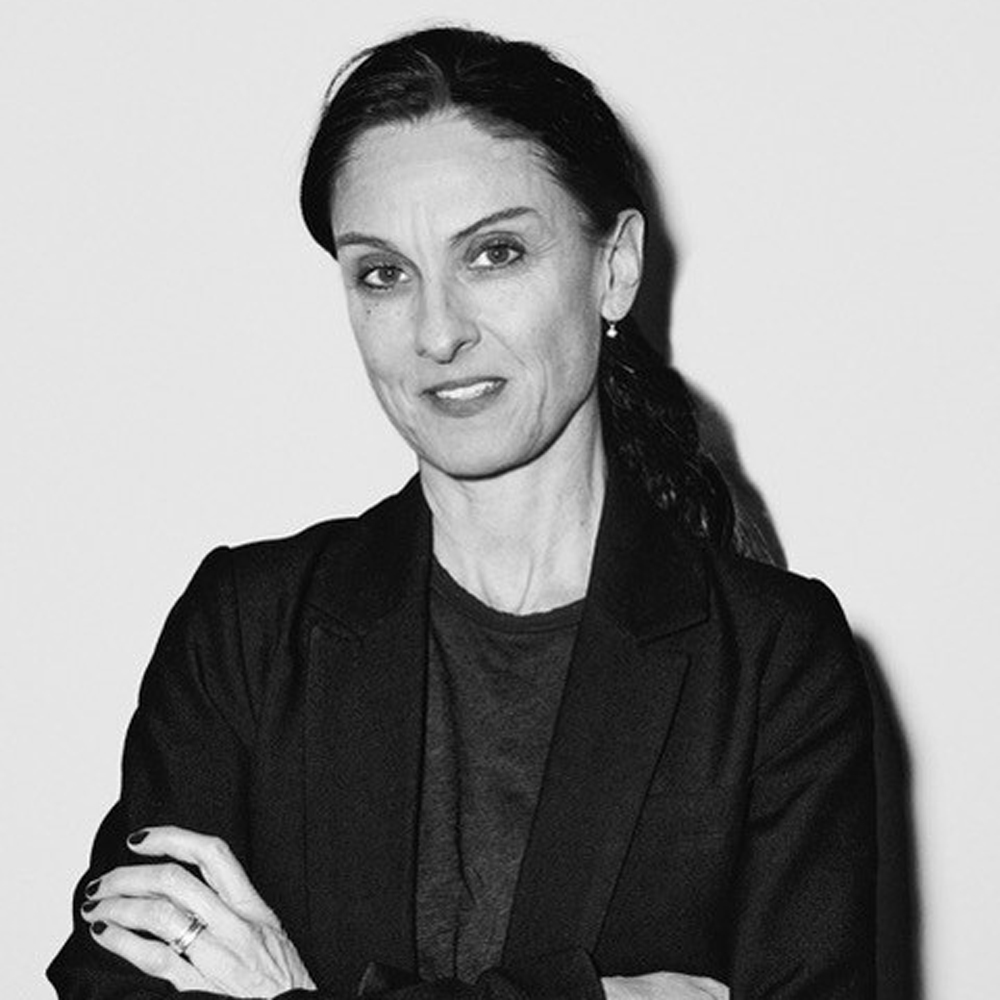
Trends 1
Where visual journalism and multimedia storytelling are heading
‘Even complex data, emotionally charged topics and challenging perspectives can be presented in a journalistically captivating way,’ says Marianne Bahl. As a jury member of the European Newspaper Awards, she has seen many outstanding examples this year, which she intends to present in Vienna. In addition, Bahl will show the most important trends in visual journalism and present particularly innovative approaches to multimedia storytelling. She runs her own studio, Bahl Visuel Strategi, in Copenhagen. She specialises in visual communication and the optimisation of work processes. As a designer at Politiken, Head of Design at Børsen and the magazine ALT for Damerne, she has many years of practical experience. She also teaches editorial design.
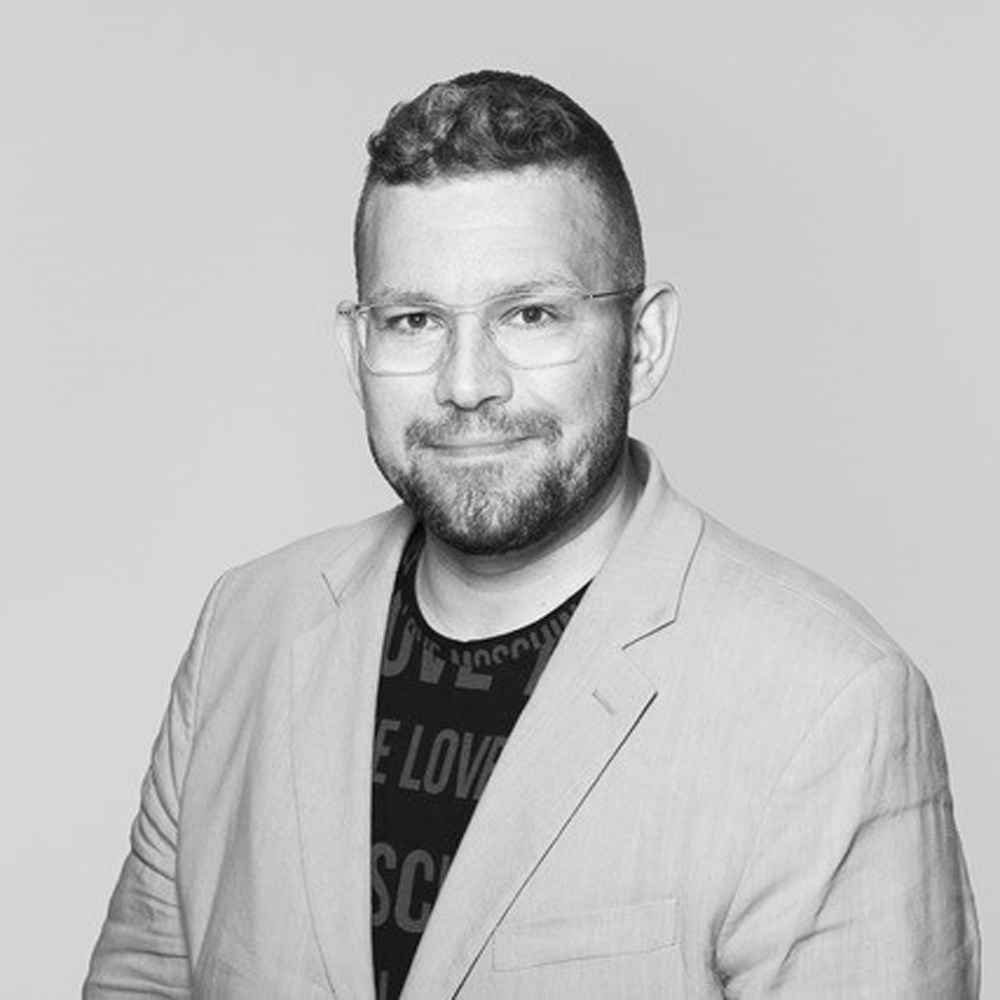
Trends 2
Data journalism and infographics on the web
Where does digital journalism stand today? What can we expect in the coming years? Björn Heselius will present practical insights and forward-looking strategies in Vienna. Outstanding winners of the 26th European Newspaper Awards will serve as examples. Data journalism and infographics on the web will be a particular focus. Heselius is a leading consultant for digital transformation and data, with a strong focus on innovation and sustainability. He has been a member of the European Newspaper Award jury for many years. He lives and works in Stockholm. Over the past twenty years, Heselius has worked with leading publishers to push the boundaries of storytelling and integrate cutting-edge technology and data insights into strategies.
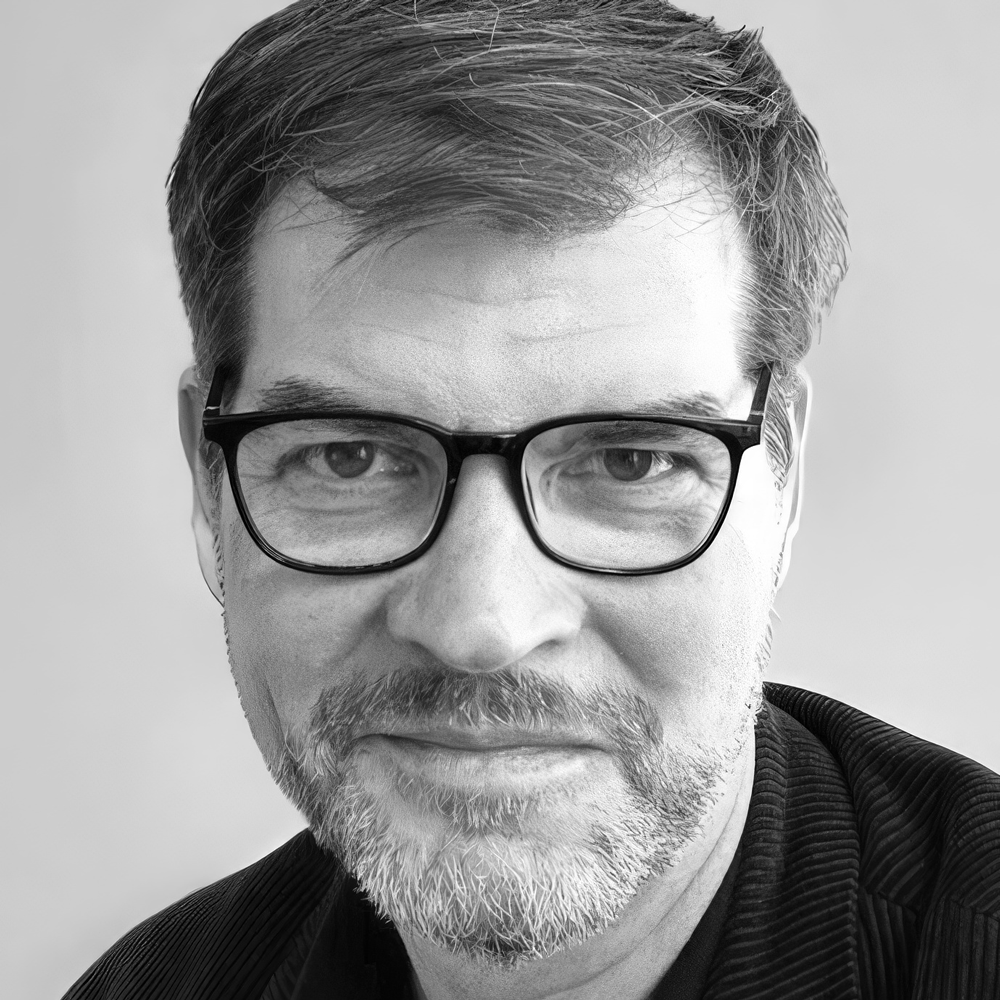
Case Conversion
The key role of the Sunday edition in the FAZ's online strategy
With its mix of fresh perspectives, surprising topics and opulent storytelling, the Frankfurter Allgemeine Sonntagszeitung reaches a broad audience. But far more than just a weekly edition, the F.A.S. is an indispensable part of the Frankfurter Allgemeine's overall offering - an element that helps to expand its readership and strengthen its digital offerings. Holger Windfuhr reports on how it turns occasional readers into loyal subscribers, which topics achieve the best results and what the role of design is. He is Art Director of the Frankfurter Allgemeine Zeitung, the Frankfurter Allgemeine Sonntagszeitung and the Frankfurter Allgemeine Magazin. This year, the F.A.S. was honoured as ‘European Newspaper of the Year’ in the weekly newspaper category.

Key figures from the Netherlands
Time well spent - How Mediahuis wants to become more meaningful for its subscribers and take journalists with it in the process
Mediahuis has developed a different metric for measuring content. It is not page views that are measured, not attention time, but time ‘well spent’ by subscribers. This is the new metric that Mediahuis uses to evaluate its own journalism. GerBen van ‘t Hek, Strategy Director Journalism at Mediahuis in the Netherlands, explains how readers react to this and how the work in the editorial department is changing.
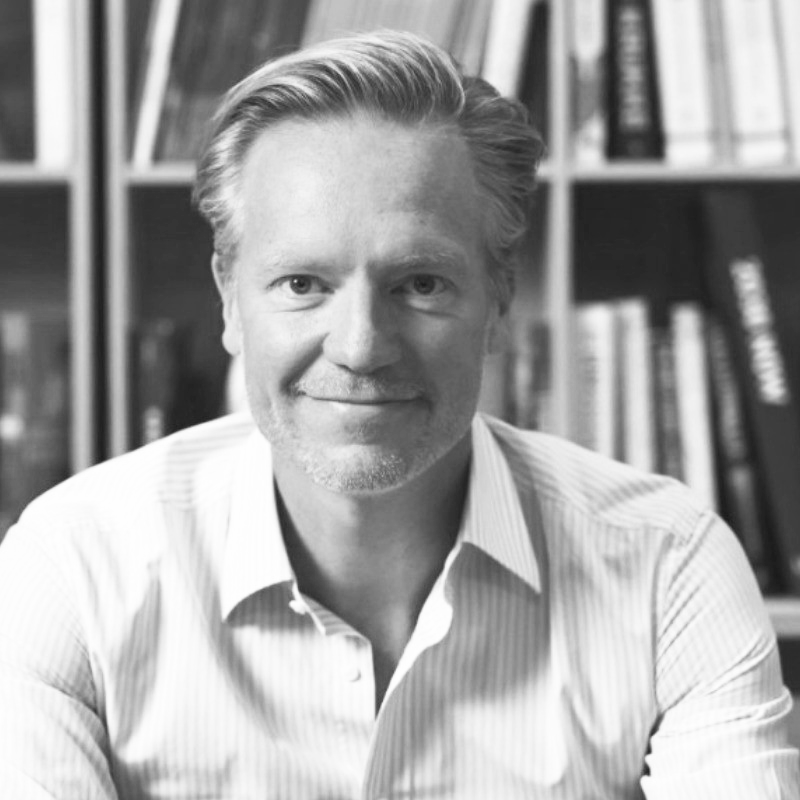
Case from Denmark
Digital journalism without clickbaiting and for members only
Eight years after it was founded, the Danish news portal Zetland has 42,000 paying members. For 18 euros a month, it provides a news overview every morning, one or two in-depth topics and one topic of the day. And nothing else. ‘We focus on the defining issues of our time, not on what happened five minutes ago,’ writes Zetland on its website. And that seems to resonate, even with young people. A third of paying members are under 33, and part of the success is the opportunity for discussion. With real names and led by the respective journalist or journalists of the respective contribution. Incidentally, they are also responsible for the audio realisation, as each story is offered as an audio version. Not with an AI voice, but as the respective author tells the story. It doesn't get more authentic than that. The concept was launched in Finland at the beginning of the year. 15,000 members are already paying. Managing Director Tav Klitgaard explains what plans Zetland has.
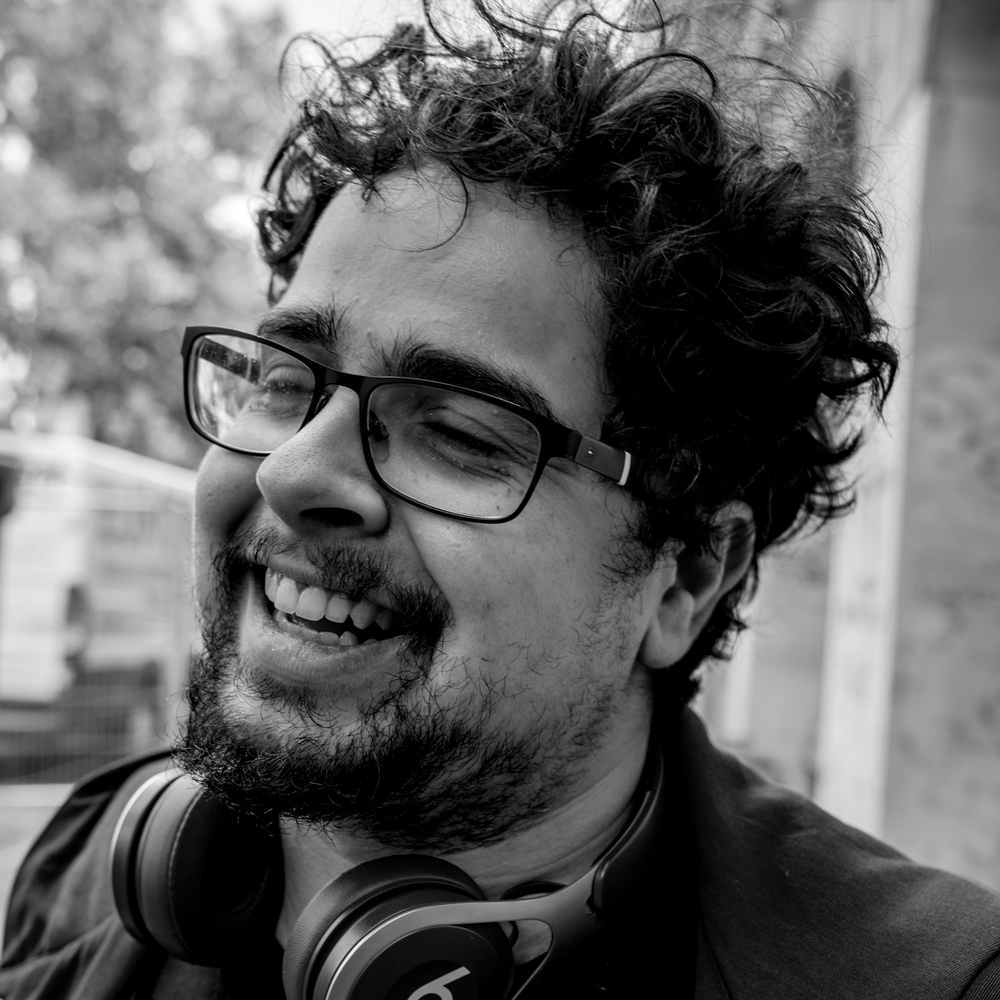
Young target group, young media brands
What does a creative actually do in a media company? And how do you talk to squirrels?
Traditional journalism is dead. Long live content. But how do you address the young target group? And has journalistic work really become irrelevant? The young brands (Buzzfeed, INGAME and Einfach Tasty) from IPPEN.MEDIA have also asked themselves these questions - and found a clear answer. Entertainment value and the reaction factor reign here, so as not to lecture the target group but to talk to them at eye level. Social first is the motto, but what does a creative actually do in a media company? These questions and more are answered by Davide Zicca, Creative Strategy Lead of the Young Audience at IPPEN.MEDIA - who went from being a Vatican chauffeur to advertising and finally ended up in the media world.
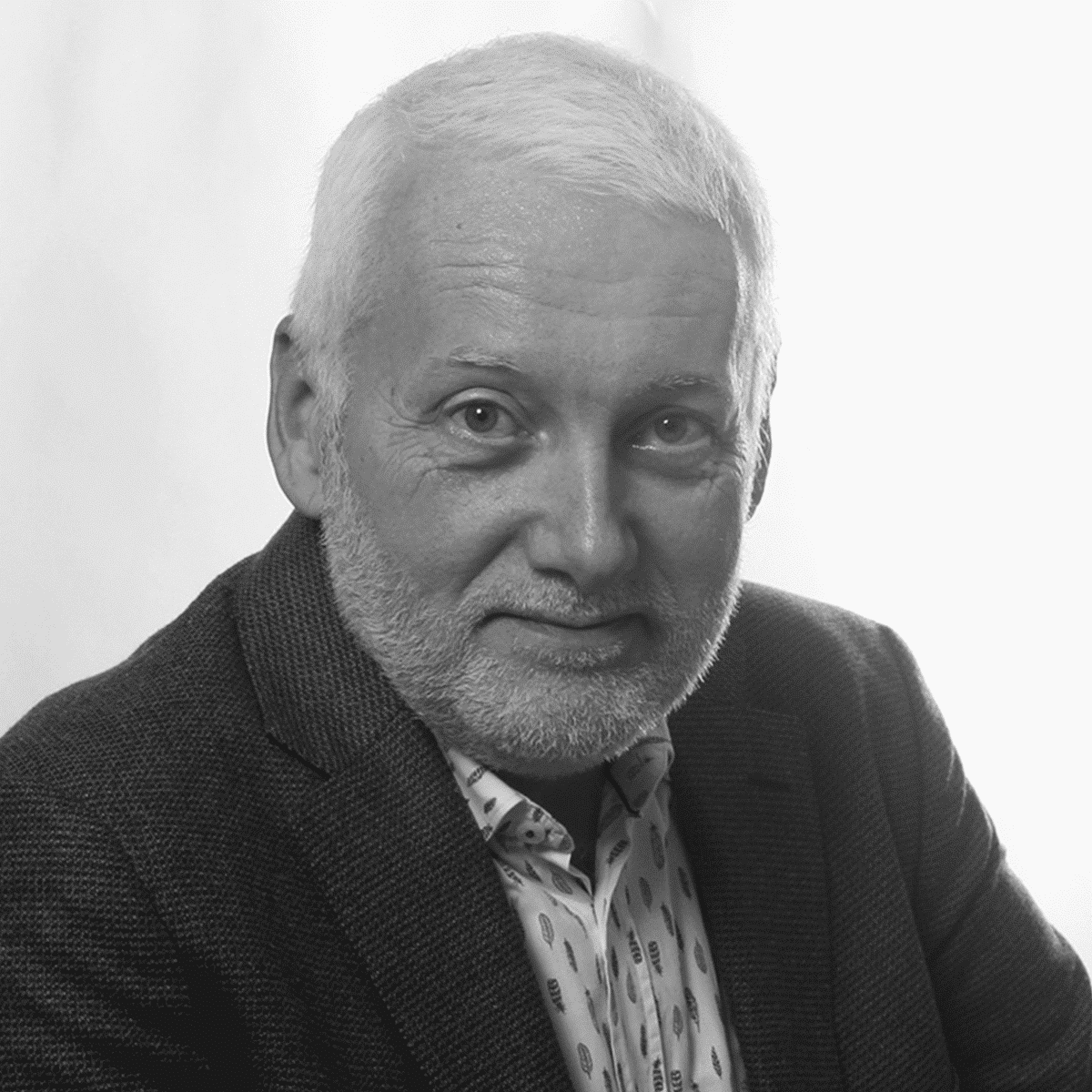
Strategies in Europe
The best role models: Avoiding routines with design and concept
Print continues to play a major role for most newspapers in Europe because older readers prefer the printed edition. However, there are clear differences in concept and design. Newspapers in the Netherlands and Belgium rely on a very sophisticated magazine layout with in-depth cover stories. Visual storytelling and infographics are a matter of course. The same approach can be seen in Spain and Portugal. National newspapers in German-speaking countries are now also following this trend. In Scandinavia, a strong visual presence is mainly achieved through the use of photographs. And then there is a middle ground, predominantly regional newspapers. Time has stood still there. Longer texts are barely broken up. And the few that deliver exceptional work are even fewer. A slide into routine is to be expected. Norbert Küpper, founder of the European Newspaper Congress and organiser of the European Newspaper Award, shows how this can be counteracted with manageable effort.

Subscription strategies in the USA
Breaking through the glass ceiling - How US media are using AI to convert casual users to paying subscribers and reduce churn
Acquiring new subscribers is becoming increasingly costly. As a result, US publishers are increasingly focusing on making tailored offers to occasional users as well as maintaining existing subscribers and optimising their lifecycle. This session by Ulrike Langer will focus on the most successful strategies of US newspapers such as the New York Times, Washington Post and Dallas Morning News, which are using AI to break through the glass ceiling in terms of subscriber numbers. The measures range from individualised onboarding measures and special content to train usage habits to intelligent offboarding. After all, former subscribers are also potential new subscribers if you take a strategically skilful approach to saying goodbye to them.
